Description
30x Zoom Pocket-Sized Travel Camera
The new LUMIX TZ80 is so compact that it easily slips into a pocket for travelling, plus it features indispensable functions such as ultra-zoom and Panasonic’s newest 4K video / photo technology. It brings you every detail, from intricate landscapes to faraway subjects and spur-of-the-moment shots. Capture all those travel memories before they pass you by, and save them in the exact form you want.
High Image Quality Even in Low Light Conditions
With the 18.1-megapixel High Sensitivity MOS sensor and Venus Engine (the same engine as in LUMIX’s high-end system cameras), you can take stunning pictures even in dimly lit environments.
Capture more details when you shoot in RAW format. The image data retains the original color and light information captured by the sensor, with only minimal processing. Now you can edit these high quality images directly and be amazed by the results.
Get Closer with a 30x Zoom LEICA DC Lens
The LUMIX TZ80 brings the action to you. With a 24mm LEICA DC VARIO-ELMAR lens featuring a 30x optical zoom*, you’ll always have an intimate view and be able capture even the smallest details.
Unmissable Moments with 4K PHOTO
Thanks to the LUMIX TZ80’s 4K technology, the 4K PHOTO feature allows you to capture the perfect moment in 30 frames per second and select your best photo after shooting. Simply shoot, select and save. With 4K PHOTO mode on the LUMIX TZ80, your magic moments become truly unmissable.
4K Video: Life in Vivid Detail
The stunning power of the LUMIX TZ80’s 4K Video allows you to record your journey in up to four times the resolution quality of Full HD. You get more excitement, more detail and even more memories to look back on with vivid clarity.
Light Composition
The Light Composition function synthesises the images by choosing and saving a brighter pixel, making it easy to produce more luxurious, dramatic image of situations such as fireworks or night scenery.
4K Live Cropping
4K Live Cropping enables a unique style of filming, where only the recording frame moves while the camera maintains a fixed position. This gives you stable panning and lets you zoom in on a subject that is not in the image’s center position.
Shoot Now, Focus Later
Imagine being able to decide exactly what you want in focus, even after you’ve taken the photo. The Post Focus function on the LUMIX TZ80 gives you the power to do just that. Simply capture the scene, review the image and touch the part of the photo you’d like to be pin sharp. It’s simple, stunning and all inside the LUMIX TZ80.
See It All, Control More
Sometimes, harsh sunlight makes even the brightest camera screens difficult to see. The LUMIX TZ80 features a Live View Finder which automatically turns on when you lift the camera to your eye, so you can see every detail and capture the shot you’re looking for. The Control Ring also provides comfortable control. In addition to giving you smooth manual control of the aperture, shutter speed, zoom and focus, it can be customised to handle your favourite settings.
High speed auto-focusing with DFD technology
Panasonic’s Depth From Defocus (DFD) Auto Focus (AF) technology instantly calculates the distance between the items inside the frame and drives the focus of the lens in one fast, continuous movement. This system results in faster AF speeds up to 0.1 seconds and a burst shooting speed with AFC of 5 fps. It also increases the stability of continuous focusing when shooting video.
Focusing in low light conditions — Low Light AF
Low Light Auto Focus makes it possible to set focus on the subject more precisely in such as moonlight even without AF assist lamp. Furthermore, the LUMIX TZ80 newly integrates the Low Light AF to let you shoot a star in the night sky with auto focus by accurate calculation of the contrast value in a smaller AF zone.
5-axis correction / Tilt correction
The HYBRID O.I.S. (Optical Image Stabiliser) + with 5-axis correction gives you blur-less one-handed video shooting. It detects and compensates for the camera’s 5 types of movement – horizontal, vertical, axis of rotation, vertical rotation and horizontal rotation.

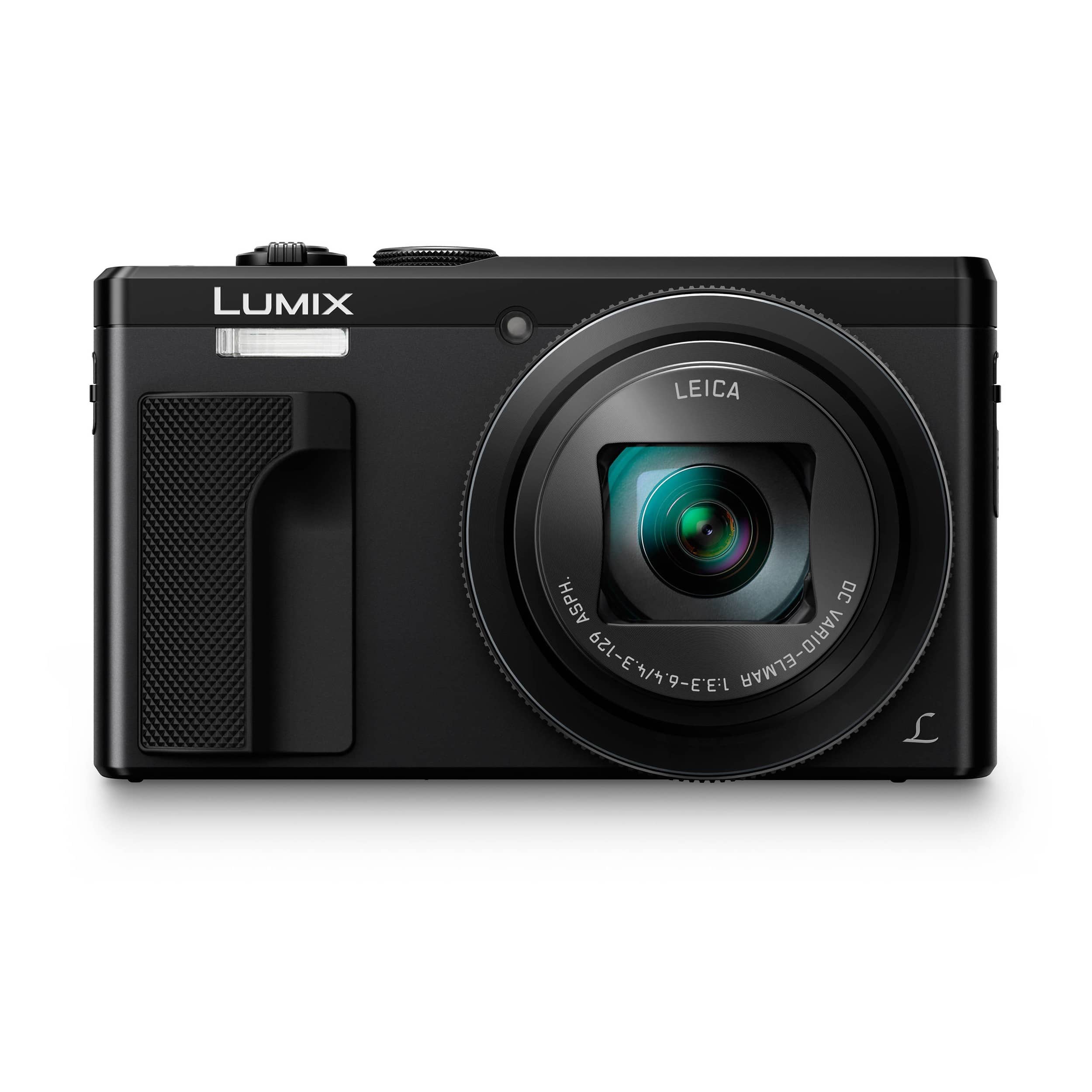

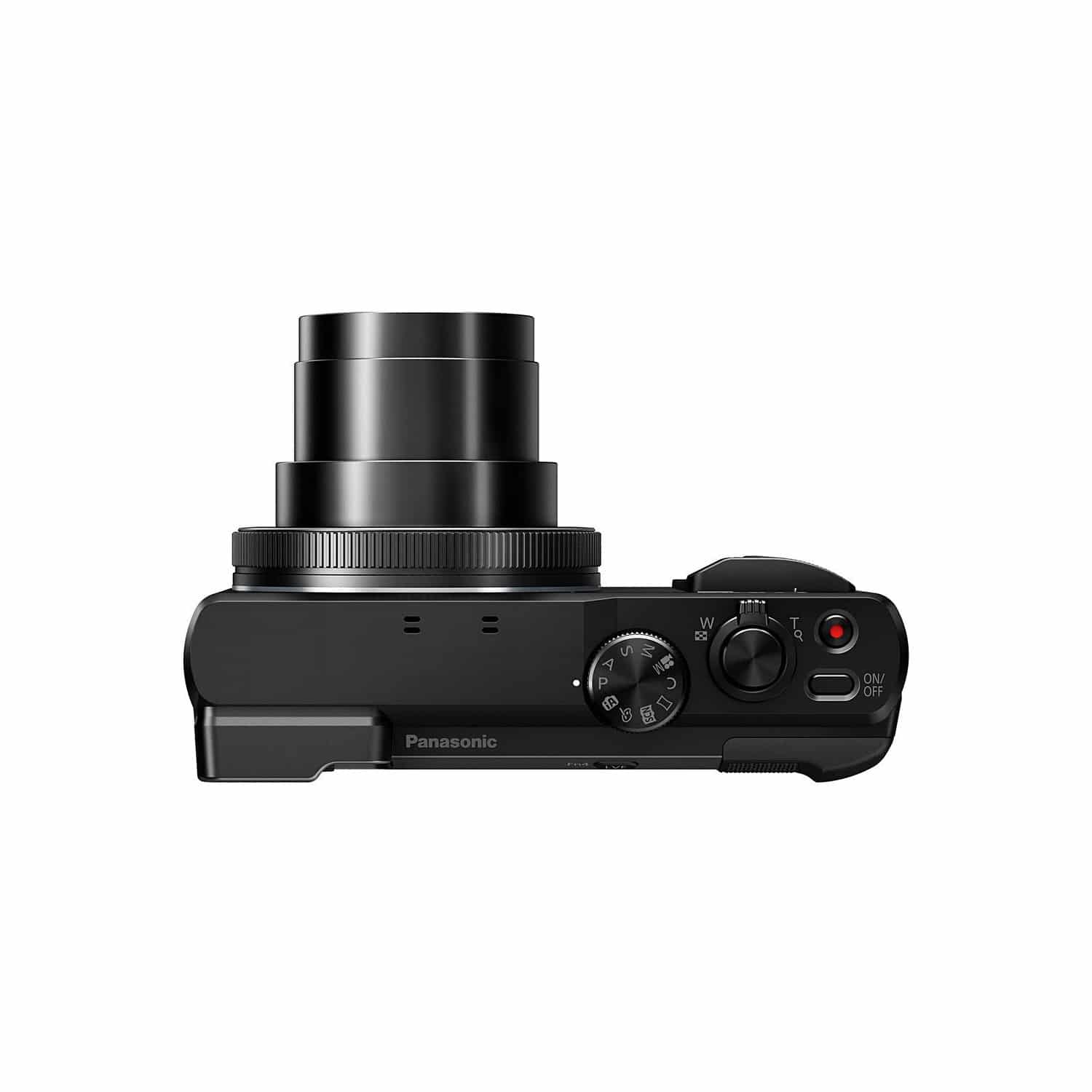
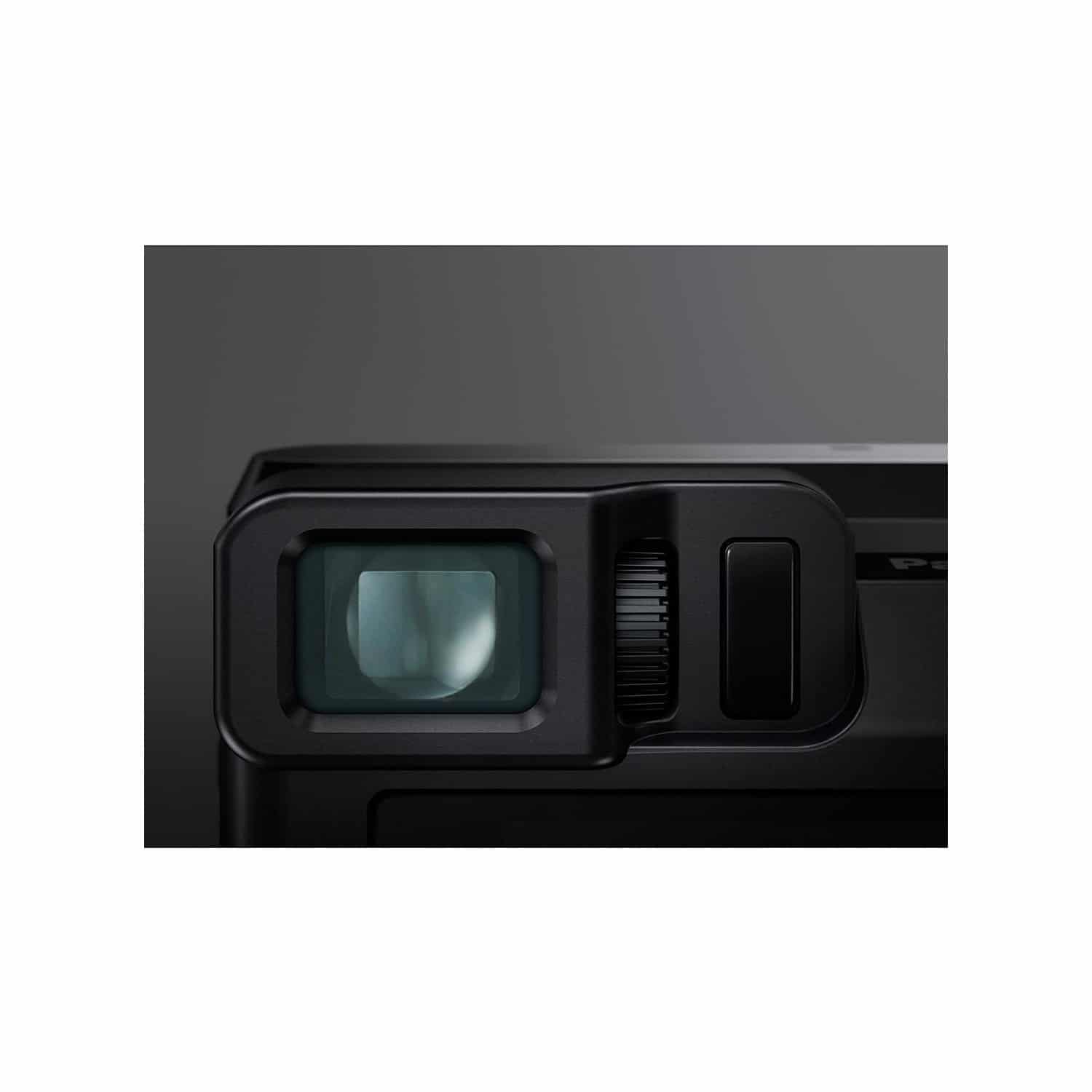
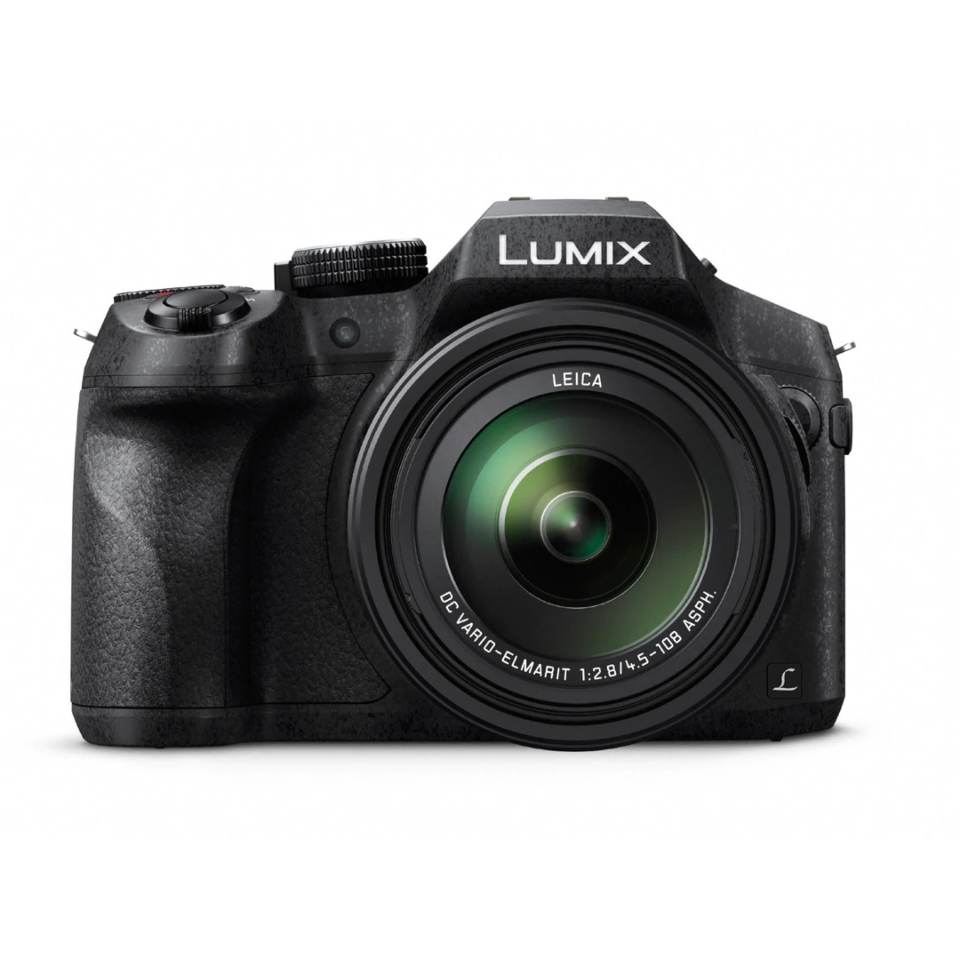
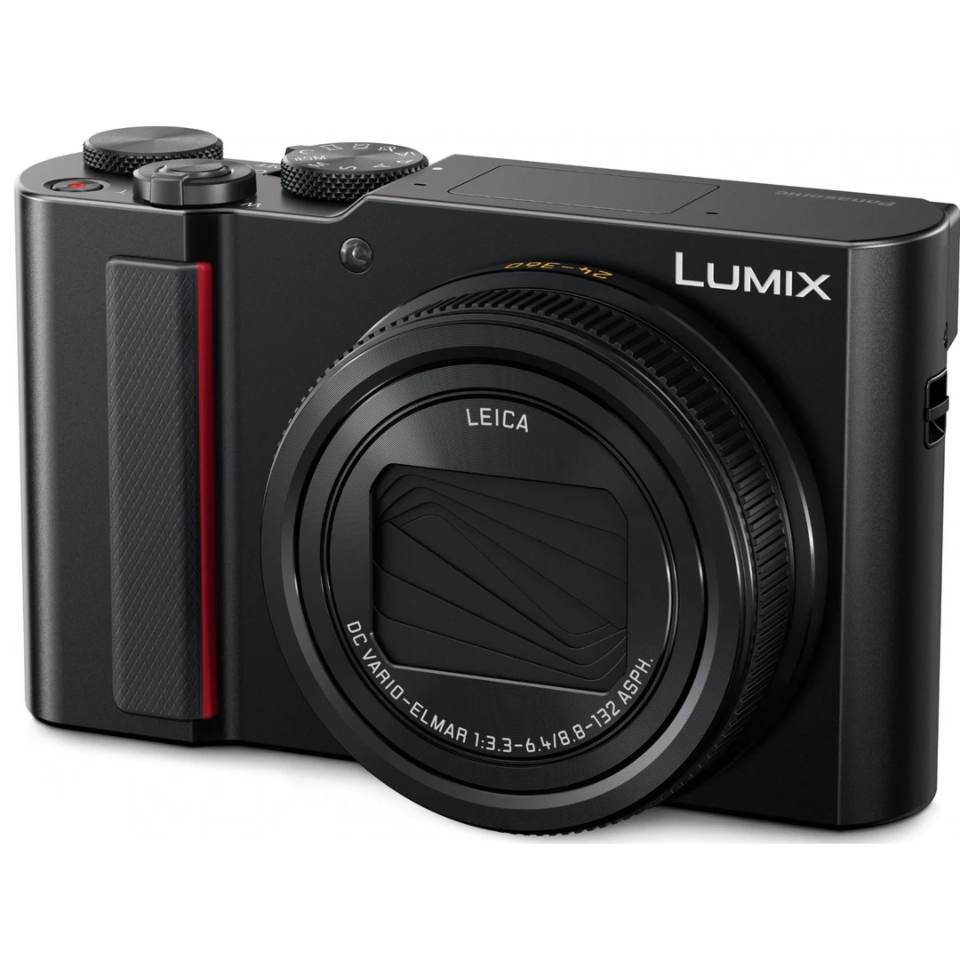

Reviews
There are no reviews yet.